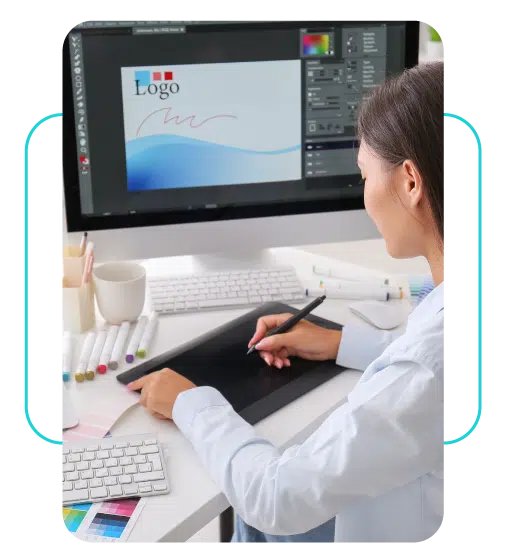Desktop Publishing for Global Audiences
Desktop publishing (DTP) is the process of creating polished, print-ready documents—like brochures, manuals, and reports—where layout and design are critical components of the materials. When these materials are adapted for different languages and cultures, the process becomes multilingual desktop publishing. This involves adjusting text, images, and design elements to reflect cultural nuances and language-specific details.


Why Multilingual Desktop Publishing Matters
Multilingual desktop publishing ensures that visuals and layouts are adapted for each culture, making materials more accessible and relevant. For example, a brochure for a Japanese audience might need adjusted color choices to respect cultural associations, while layouts in the Middle East often require mirroring for right-to-left reading. Even symbols and icons need thoughtful selection, as gestures like a thumbs-up may carry different meanings across cultures. By refining design and content, multilingual desktop publishing helps messages resonate authentically with diverse audiences.
When to Consider Multilingual Desktop Publishing
Multilingual desktop publishing is valuable when documents must be consistent in appearance and culturally suited across languages. Examples include materials such as:
- Marketing Materials – Brochures, ads, and product catalogs designed to appeal to diverse markets.
- User Manuals and Instructions – Technical documents where precise formatting and clear layouts help avoid misunderstandings.
- Annual Reports and Presentations – Corporate materials that require polished, professional consistency in multiple languages.
- E-learning Content – Educational materials that benefit from culturally aligned visuals and accessible formatting.
- Web and Digital Graphics – Online visuals that need to maintain readability and cultural sensitivity across global audiences.

What Makes Multilingual Desktop Publishing Complex
Multilingual desktop publishing addresses the design challenges that come with adapting content for different languages and cultures. Each language brings unique requirements that impact layout, readability, and visuals. Examples include:

Benefits of Working with a Multilingual DTP Partner
Partnering with a team experienced in multilingual desktop publishing ensures reliable, accurate support tailored to diverse language needs. An experienced partner brings several key benefits to the table:
- Consistency Across Languages: Professional DTP teams keep each language version visually aligned with the original, preserving brand identity across all markets.
- Efficient Process That Reduces Delays: By addressing design and language intricacies upfront, an experienced partner minimizes the risk of rework, delivering projects on time and with fewer revisions.
- Integrated Expertise in Language and Design: With a skilled team handling both the linguistic and design aspects, content is seamlessly adapted to each language, maintaining clarity and professionalism.
How Propio Supports your Multilingual DTP Needs
Propio supports multilingual desktop publishing by focusing on collaboration and understanding each project’s unique needs. From the outset, Propio’s team works closely with clients to capture their goals, aligning each detail with the audience’s language and cultural context. With a strong emphasis on quality control, Propio ensures consistency and accuracy across all language versions, creating materials that not only meet technical standards but also connect effectively with target audiences.

Industries we Serve
With nearly 30 years of experience, we provide specialized language solutions tailored to each industry’s specific needs.
Make your content accessible across all languages.
Propio’s multilingual desktop publishing services ensure your materials are visually and culturally adapted for every audience. Reach out to learn how we can help you deliver high-quality, localized content that resonates with all your readers.